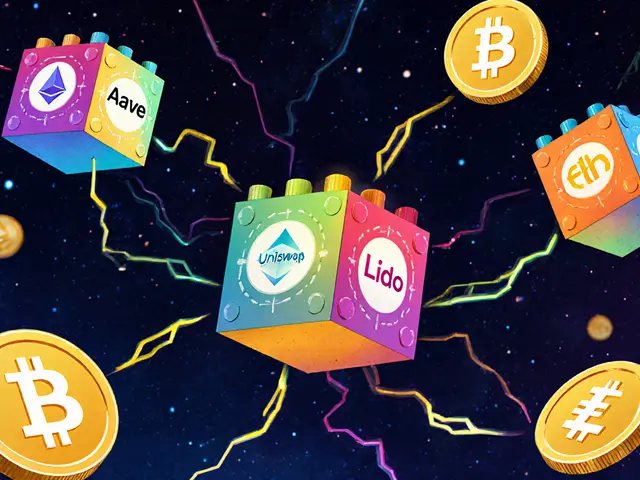Sidechain Technology: What It Is and How It Powers Crypto Scaling
When you hear sidechain technology, a separate blockchain that connects to a main chain like Ethereum to handle transactions more efficiently. It's not a replacement—it's a helper. Think of it like adding extra lanes to a highway. The main road (the main chain) stays calm, while the side lanes (sidechains) take the heavy traffic. This keeps fees low and speeds up trades, which is why so many DeFi apps and NFT platforms now rely on it.
Sidechains don’t just copy the main chain—they can be built differently. Some use faster consensus methods, others prioritize privacy or lower costs. Layer 2 solutions, a broader category that includes sidechains, rollups, and state channels designed to improve blockchain performance often get mixed up with sidechains, but not all Layer 2s are sidechains. For example, zk-rollups bundle transactions off-chain and post proofs back to Ethereum, while sidechains run their own block production and periodically anchor to the main chain. Both aim to solve scaling, but they do it in different ways.
Real-world use? Ethereum sidechains, blockchains like Polygon, Arbitrum, and Optimism that connect to Ethereum to reduce congestion and gas fees are everywhere. They power everything from NFT marketplaces to decentralized exchanges. If you’ve swapped tokens on a DEX without paying $50 in gas, you likely used a sidechain or similar tech. The big win? You get Ethereum’s security without its bottlenecks.
But it’s not magic. Sidechains have trade-offs. Because they’re independent, they don’t inherit the same level of security as the main chain. If a sidechain gets hacked, your funds could be at risk—even if Ethereum is fine. That’s why trusted bridges and audits matter. You need to know which sidechains are backed by strong teams and real usage, not just hype.
This collection of posts dives into exactly that: what’s real, what’s risky, and what’s just noise. You’ll find deep dives on exchanges built on sidechains, airdrops tied to interoperable chains, and warnings about fake tokens pretending to be part of legitimate ecosystems. Whether you’re trading on Polygon, checking out Starknet derivatives, or wondering why your token moved to a new chain, you’ll find answers here—no fluff, no jargon, just what you need to know to stay safe and smart.
Future of Sidechain Technology: What Comes After the Scaling Hype?
Sidechain technology is reshaping blockchain scalability by enabling fast, low-cost transactions without altering mainnets. Learn how Polygon, Bitcoin's Liquid Network, and hybrid models are defining the future of blockchain infrastructure.





